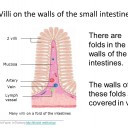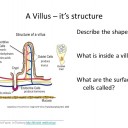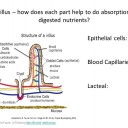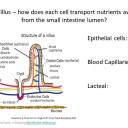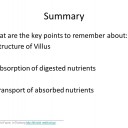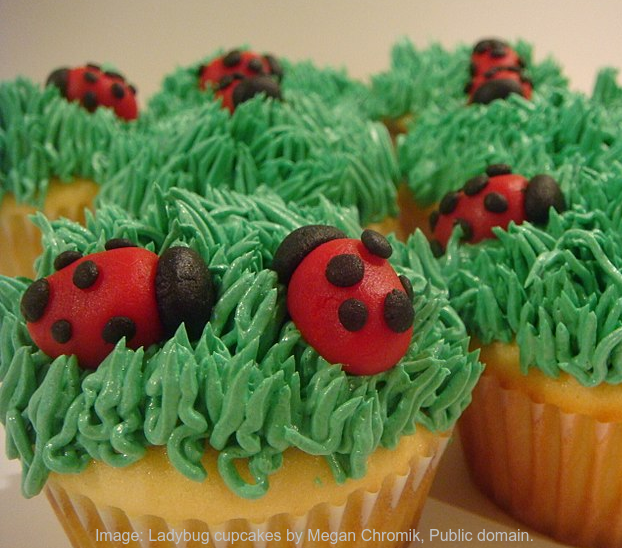Intestine Structure & Function.
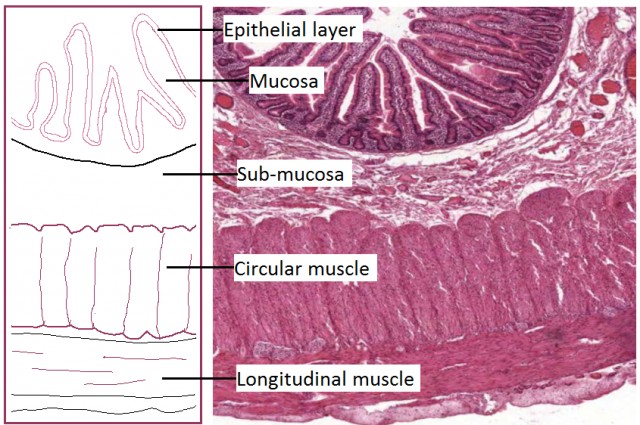 The structure and function of small intestines & villi
The structure and function of small intestines & villi
After learning how to draw an annotated diagram of the digestive system students extend their understanding by looking at details of intestine structure and how they relate to function. This includes identification of muscle layers, mucosa and epithelium as well as villi which help absorbence of nutrients. There is an open-ended assessment task to finish the lesson.
Lesson Description
Guiding Questions
What happens after food is digested in the small intestines?
How can we speed up absorption of nutrients?
Activity 1 Details of the structure of intestines
Look at the details of intestine structure and consider how each layer relates to its function.
Identify the two muscle layers, the mucosa and the epithelium as well as villi.
Hover over each area of this image to see a short explanation of the different tissues.
If your want to see a simple image of the different layers click the eye icon.

Complete the following questions on the ![]() Villus structure and function worksheet to check your understanding of the details on these images. For the questions on page two of the worksheet activity 2 below will help.
Villus structure and function worksheet to check your understanding of the details on these images. For the questions on page two of the worksheet activity 2 below will help.
Activity 2: Examination of the structure of a Villus
Look at the diagrams on each of the slides below and answer the questions about structure and function of villi.
Use the worksheet ![]() Villi structure slides handout for making notes
Villi structure slides handout for making notes
Activity 3 Carbohydrate Digestion, Absorption and Assimilation.
Open-ended assessed task.
Describe the pathway taken by the carbohydrates if you eat one of these fairy cakes. Include all the steps involved as they are processed by the digestive system up to the point where they are "saved" as storage polysaccharides in the liver.
You can do this an any way you like. Refer to all the details of the digestive system you have studied, including molecules, enzymes, hydrolysis, absorption, detailed structure of the intestines, and anything else which is relevant to the process.
Teachers notes
The first two activities are intended to give students a good understanding of the structure of the small intestines. The images and powerpoint slides are intended to provide a resource to use on a whiteboard in an explanation of the structures. Students could use their text books or research answers to the questions for themselves in a problem solving way.
Model answers are available
- for the questions from the slides on this page: Villus structure model answers.
- for the questions on intestine structure on this page: Intestines structure - model answers
The third activity; Activity 3 Carbohydrate Digestion, Absorption and Assimilation. is an opportunity for students to show that they understand the details of the digestion topic as a whole.
It is usually a good idea to agree some assessment criteria at the start of the task. This helps motivate students to aim high and reminds them of important details to include in their work. It is also an opportunity for real differentiation as there are no limits to how far students can take this task, it often impresses me how able my best students are when I give them the freedom to extend themselves.

 IB Docs (2) Team
IB Docs (2) Team


